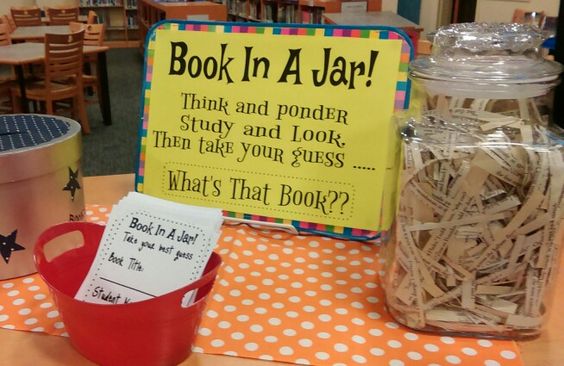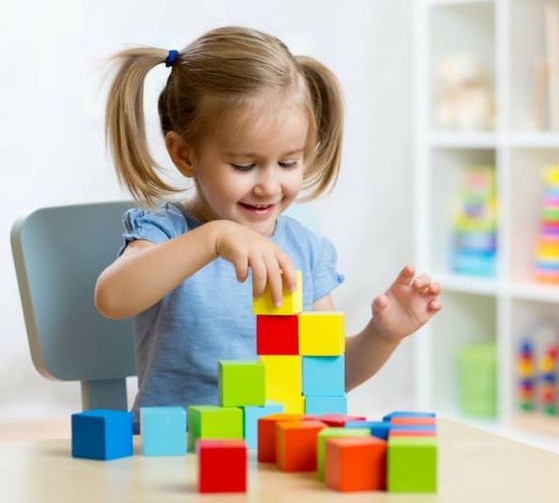The humble fanny pack, once a must-have fashion accessory of the 80s and 90s, is having a surprising resurgence. Today, this blast from the past has been reimagined and embraced by teachers everywhere as the new teacher tote. This unique trend is not only catching on rapidly but also gaining high fives from all corners.
From the convenience of hands-free mobility to the ability to organize essential items more efficiently, let’s take a closer look at why fanny packs are fast becoming educators’ preferred choice.
Functionality:
Practicality is one of the key factors driving teachers towards adopting fanny packs. They can effectively hold all necessary items like markers, pens, pencils, erasers, sticky notes, and even personal belongings like keys or a phone. The easy-to-reach compartments save time and effort spent rummaging through a traditional tote bag during class.
Style Revival:
The fanny pack has come a long way since its early days of being considered outdated. With an array of styles, colors, materials, and trendy designs available today – there’s certainly no shortage of fashionable options for educators to express their unique personalities without compromising on practicality.
Comfort:
Overloaded tote bags can take a toll on posture and cause bodily strain for teachers who are constantly on their feet. The appeal of fanny packs lies in their ergonomic design that evenly distributes weight across the hips and waist with minimal impact on the shoulders. This helps prevent unwanted muscle strain or discomfort during long days in the classroom.
Accessibility:
An overloaded teacher tote often results in a little game of ‘bag diving,’ trying frantically to find that one specific item while students wait impatiently. Fanny packs eliminate this issue by keeping essential items right at your fingertips so you never lose valuable teaching time searching through cluttered bags again.
Security:
One lesser-known benefit of using a fanny pack is the additional security it provides. The close proximity to the body makes it difficult for items to slip out or be stolen, providing teachers with peace of mind as they move effortlessly between classrooms and engage with their students.
In conclusion, the fanny pack’s revival as the new teacher tote comes as no surprise given its impressive range of features and benefits. This functional and stylish choice fosters convenience, comfort, accessibility, and security – everything a modern educator needs! So go ahead and give this trend a high five; it’s high time this nostalgic staple became a permanent fixture in the teaching realm.









